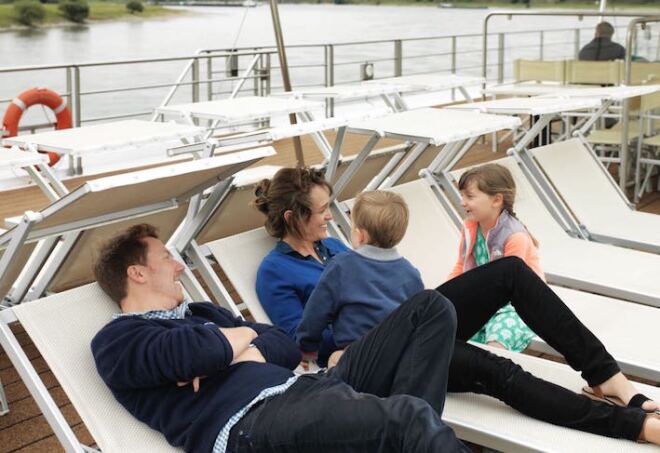Overview
Food and drink to try in Salzburg
Salzburg’s dining scene includes an array of traditional regional offerings, including various schnitzels, sausages, and dumplings, often served in historic surroundings. There are also more innovative restaurants, such as Esszimmer, which has a more modern European menu. Salzburg is also Austria’s unofficial beer capital, with several breweries, including Augustiner Bräu and Stiegl. Many visitors associate the city with chocolate, cakes, and pastries, thanks to the pistachio- and marzipan-filled Mozartkugel, the delicious Sachertorte, and the simple, fluffy Salzburger Nockerl pastry that is found in almost every good café.
Culture in Salzburg
Salzburg is synonymous with culture, from Mozart to modern art. Traditional costumes and folk dance are also important aspects of the local culture, as seen during the Rupertikirtag Festival, a folkloric celebration of Austrian culture that is held over several days each September. Locals proudly sport their dirndls and lederhosen while engaging in various folk dances, demonstrating and exhibiting handcrafts, and, of course, drinking beer. Each square in the city features stalls with local food specialties, candies, Austrian wines, and handicrafts, and also has carnival rides.
Music
What would Salzburg be without music? Visitors to the city can be found exploring the world of Mozart, from his birthplace to places he performed, as well as enjoying modern performances of his works. People also enjoy searching out scenes from The Sound of Music at Mirabell Palace and Gardens, Hellbrunn Palace, Leopoldskron Palace, or Nonnberg Abbey. There is also The Sound of Music Tour of the city and its surroundings. Of course, Salzburg has more to offer than music. Magnificent cathedrals, great shopping, a flourishing food scene, and the incredible natural features of the Alps make it an exciting destination.
Festivals
From Mozart Week in late January to the last days of the Christmas markets in December, there is no shortage of events to celebrate in the city. None, however, is as world–renowned as The Salzburg Festival, officially inaugurated in 1920 but based on an earlier festival that focused on Mozart. Each summer, the city fills with the sounds of orchestral and chamber music, opera, theater, and readings during the five-week festival, which runs from late July through late August. The highlight is the yearly performance of Hugo von Hofmannsthal’s Everyman morality play, staged at the Domplatz with the landmark baroque cathedral as a backdrop.
Practical Information
Salzburg lies on the Austria-Germany border and is most easily reached by air via Munich Airport and the highly efficient rail lines. While summers are warm and inviting, the city is also beautiful and easy to explore under a blanket of snow. The old town is compact and best seen by foot. Rooms are hard to come by during the Salzburg Festival, so booking well in advance of late-summer visits is advised. Power in continental Europe is 220 volts, so visitors from North America will need a plug adapter and possibly a power converter. (Most electronics will do just fine with only the former.) Visas are not required for stays of less than three months. The official language is German and the currency is the euro.




